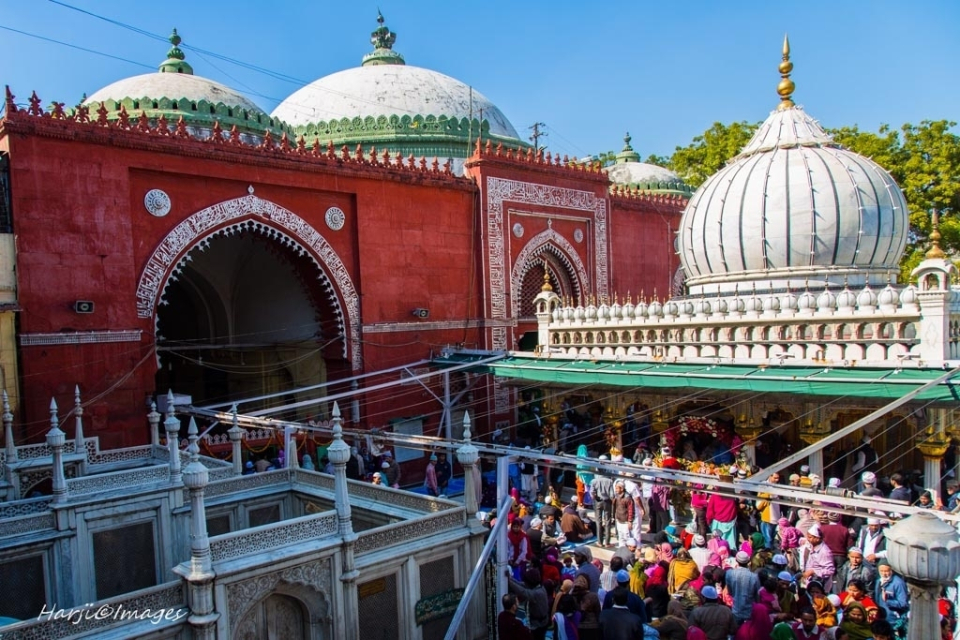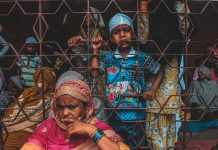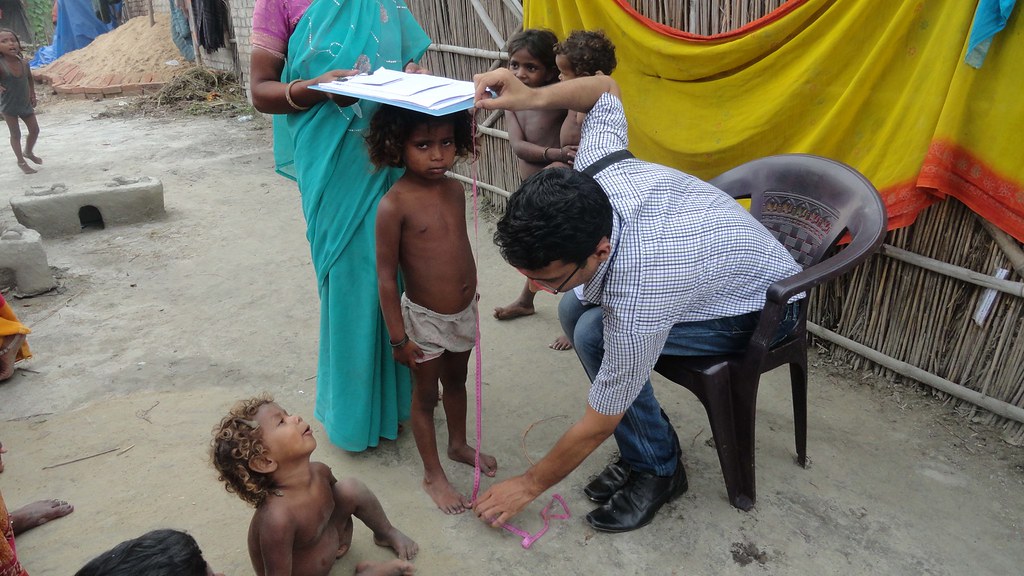The Nizamuddin Basti has been visited by tourists and locals alike for its rich cultural palette be it its food, art or culture.
When one walks through the lanes of the Nizamuddin Basti, one literally smells history in almost every wall.
It has streets that are so crammed that one can feel claustrophobic almost instantly. These winding lanes and by-lanes take one to the revered shrine of the great Sufi saint Hazrat Nizamuddin Auliya.
If one were to define the ambience in Delhi’s Nizamuddin West region in a couple of words, one would certainly call it one which is full of colour, cultural splendour and chaos.
This Nizamuddin Basti which is home to food, culture and history along with a deep sense of community and inclusivity, forever changed on Monday.
It seemed like somebody purposefully snatched away the colours of its streets and rendered its homes, without their earlier powers of captivity and left the whole place deserted, confused and stigmatised.
The area was cordoned and the controversy around it becoming India’s new coronavirus hotspot spread almost like wildfire.
Thanks, to a religious congregation that was held at the Tablighi Jamaat ‘Markaz’ or the headquarters of the Nizamuddin.
This religious meeting saw the participation of thousands of people both from within India as well as from many countries over the world. Sadly, the religious congregation led to more than 400 people who were attending it to get infected with coronavirus.
The dargah of Nizamuddin Auliya, the great Sufi saint would always remain crowded with the hustle bustle of visitors and the shrine would always be known for its mystic ambience and ability to entice one’s connect with the divine through frequent performances of Sufi music in its premises.
It is almost for the first time that an eerie silence has engulfed the dargah, which is just about 100 metres away from the ‘Markaz’. The usually jam packed dargah, especially on Thursday nights when a qawwali session is held for the public is now completely quiet. The dargah is nothing short of a magical world where people from different walks of life come to find peace and connect to their inner world.
It is full of the vibrations of a rich yet forgotten cultural past where music, poetry and the quest for the divine made way for the Sufi compositions.
The Sufi shrine attracted people from across religious faiths too because for each one of them it held the power to remind them of the pursuit of something which was higher than themselves or their immediate lives.
Perhaps, it is the popularity and recognition that the dargah has got even in recent decades that the directors of popular Bollywood films like Delhi 6 and Rockstar have had important scenes shot at its premises.
The footfall at the dargah has been constantly falling since February this year as the fears surrounding the coronavirus have been spreading extensively. But this was not the only reason why fewer people began to come to the dargah in February(a time when it is one of the busiest in the entire year). Delhi experienced one of the worst communal riots in its history, primarily in the muslim dominated northeastern parts which saw almost 40 deaths and hundreds of causalities.
The Tablighi Jamaat: The Global Sunni Missionary Movement
The Tablighi Jamaat has been in news since the controversy around the spread of coronavirus began to spread. The Tablighi Jamaat has its headquarters in Delhi’s Nizamuddin in the form of a 100 year old, six floor mosque complex called the Bangle Wali Masjid. The Tablighi Jamaat is essentially a Sunni Islamic religious movement that first began in India in 1926. The movement began in Mewat in 1926 by Maulana Muhammad Ilyas.
The main idea behind the Tablighi Jamaat is to create the premises for the cultivation of better muslims and for this it insists on the idea of going back to the Quran and reading the basics.
While the mosque has a more religiously embedded approach, the dargah is essentially Sufi in its spirit.
The Tablighi Jamaat school of thought sees no relevance in the dargah and even disapproves of the Sufi cult.
It is interesting to note that the dargah and the Tablighi Jamaat are located in close proximity to each other but are so separated in their world visions and orientations to the questions of religiosity and life’s purpose.
It wouldn’t be wrong to say that the whole ambience of the Nizamuddin Basti is centred on the premises of the dargah and it has always held a special place in the hearts of people.
The food joints and flower shops surrounding it, the various monuments and dilapidated historical structures that surround it and the long gone yet so vibrant smell of a rich historic culture, make it the meeting point of history, culture, spirituality and life.
Food has a special place in the Nizamuddin. From feeding a delicately curated Iftar to devotees during the Ramzan, to the local eateries that cater to visiting guests and give out food for free to the poor- no one goes hungry at Nizamuddin.
But suddenly something has fundamentally changed at Nizamuddin, as life has almost come to a standstill and there is fear and worry in the atmosphere.
The reports of 10 people who contacted the coronavirus at the Markaz dying have sent a horror wave in the area and now people there are more afraid about coming out than they were ever before.
The heritage and cultural traditions of the Nizamuddin aren’t only limited to its dargah or monuments or to its very popular food joints or even to the qawwali that manages to attract hundreds of people every Thursday, what makes Nizamuddin memorable is the love and warmth of its people.
Let us hope that like the rest of the world and the country, Nizamuddin walks out safely of this difficult moment and soon witnesses powerful renditions of spiritual poetry and the music of oneness that it has always stood for.













